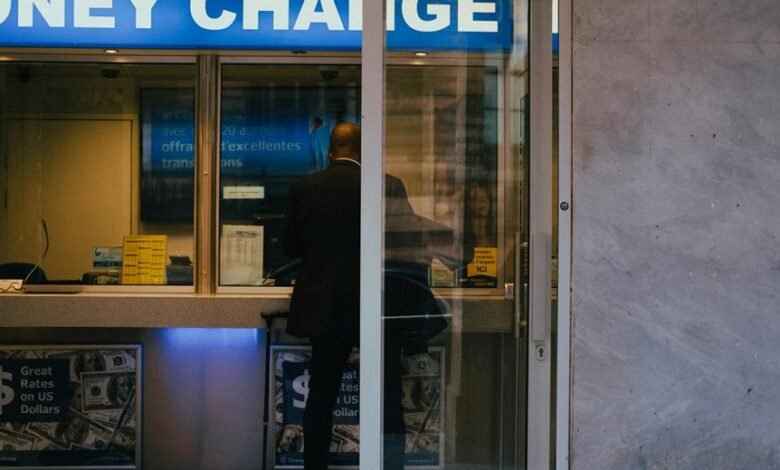265200600 Voicemail-to-Callback Conversion Rates

The voicemail-to-callback conversion rate of 265200600 provides critical insights into an organization’s communication efficiency. This metric reveals how effectively voicemail messages engage recipients and prompt action. Various factors influence these rates, from the clarity of the message to the timing of follow-ups. Understanding these elements can significantly impact customer interactions. However, many organizations overlook key strategies that could enhance these conversion rates. Exploring these best practices may uncover opportunities for improvement.
Understanding Voicemail-to-Callback Conversion Rates
Voicemail-to-callback conversion rates serve as a critical metric for assessing the effectiveness of communication strategies within organizations.
Analyzing these rates reveals insights into voicemail effectiveness, highlighting how well messages resonate with recipients.
Effective callback strategies must be developed to enhance response rates.
Organizations that prioritize understanding these metrics can optimize their communication efforts, fostering greater engagement and ultimately achieving higher levels of productivity.
Factors Influencing Conversion Rates
Numerous factors can significantly affect conversion rates in voicemail-to-callback scenarios.
Voicemail effectiveness plays a crucial role, as clear and engaging messages enhance the likelihood of a callback.
Additionally, customer perception influences decisions; if customers view the voicemail as relevant and valuable, they are more inclined to respond.
Understanding these dynamics can lead to improved strategies for increasing voicemail-to-callback conversion rates.
Best Practices for Maximizing Callback Success
To maximize the success of callbacks, crafting a compelling voicemail message is essential.
Effective callback strategies should prioritize clarity and relevance, ensuring the message resonates with the listener.
Additionally, soliciting customer feedback after callbacks can provide insights for refining messaging techniques.
This analytical approach not only enhances engagement but also empowers customers, fostering a sense of autonomy in their decision-making process.
The Role of Timely Follow-Ups in Customer Engagement
How does the timing of follow-ups influence customer engagement?
Timely responses significantly enhance customer retention by demonstrating attentiveness and reliability.
When businesses prioritize swift follow-ups, they cultivate a sense of value among customers, fostering loyalty.
This proactive approach not only addresses customer inquiries effectively but also encourages further interactions, leading to improved satisfaction and stronger relationships that ultimately enhance overall engagement.
Conclusion
In an era where every interaction counts, the voicemail-to-callback conversion rate of 265200600 serves as a beacon of communication effectiveness. By understanding and optimizing this metric, organizations can transform mere messages into powerful catalysts for engagement. As businesses refine their approach through best practices and timely follow-ups, they not only enhance customer satisfaction but also unlock the potential for lasting relationships. Ultimately, the question remains: how will your organization harness the power of effective communication?
